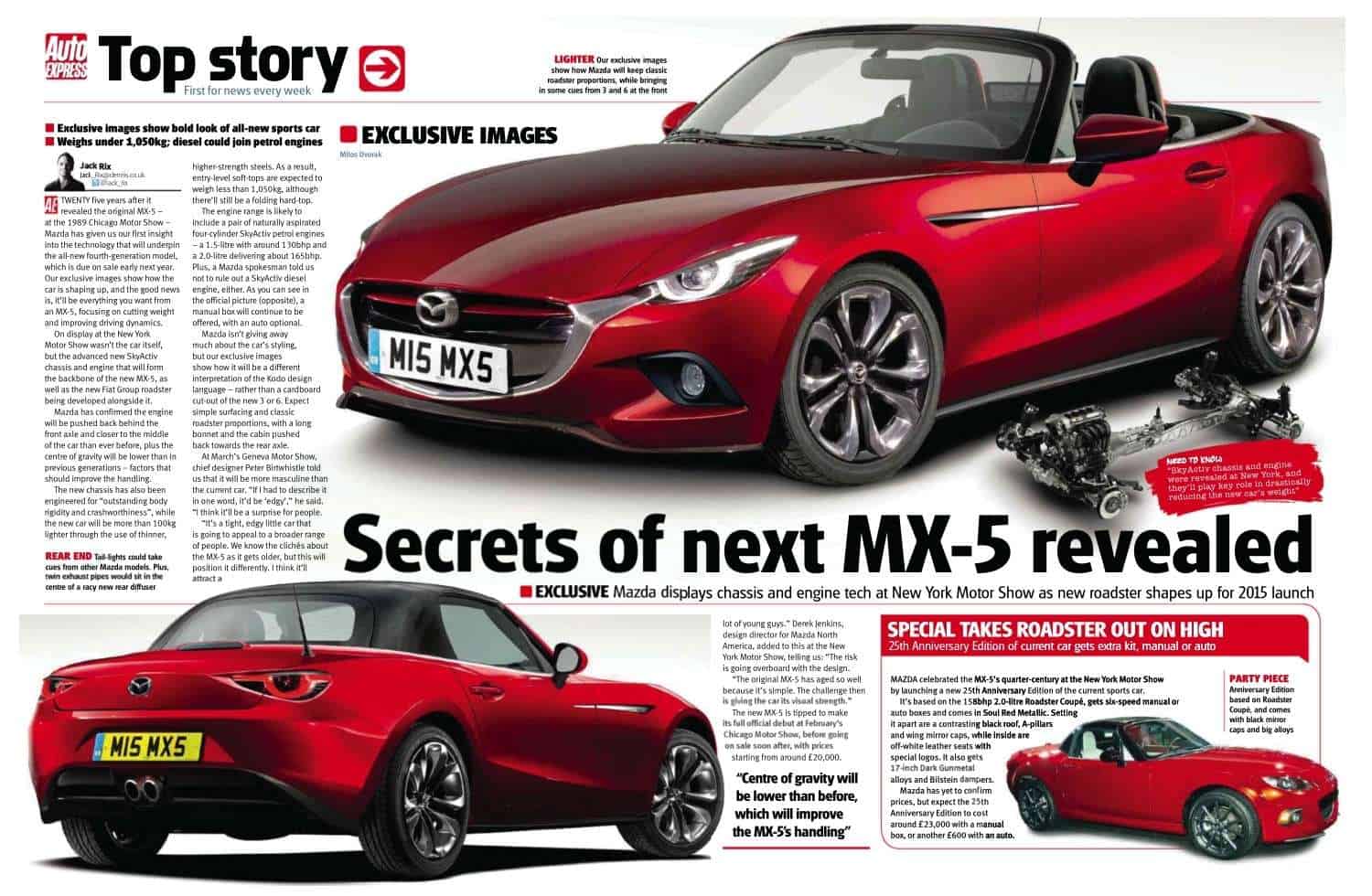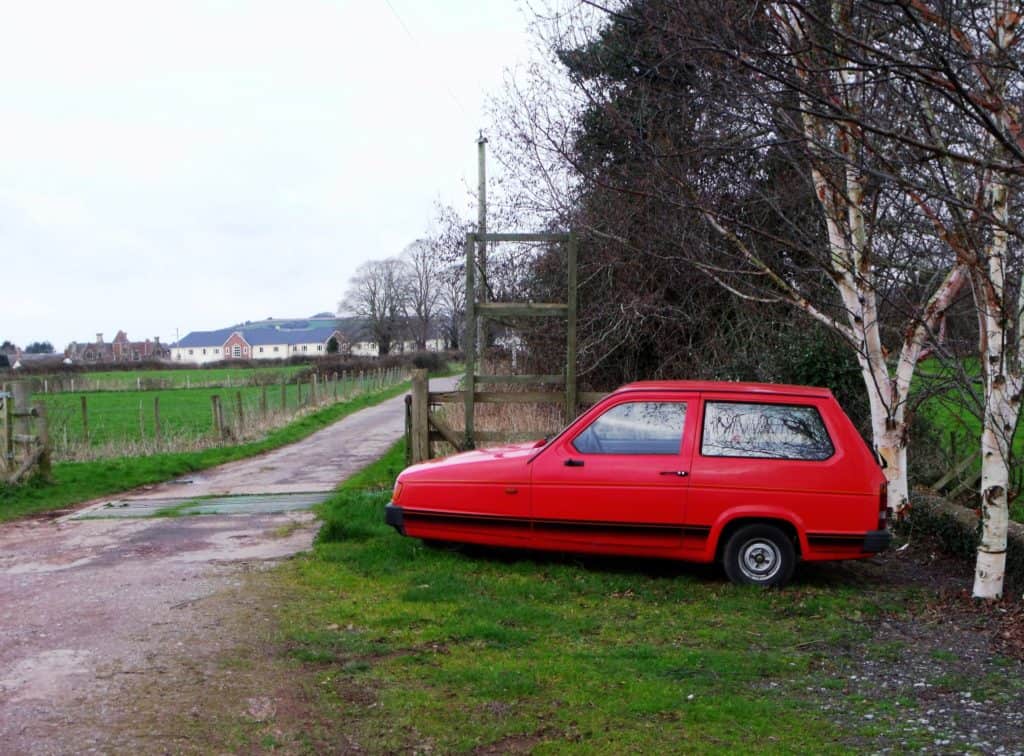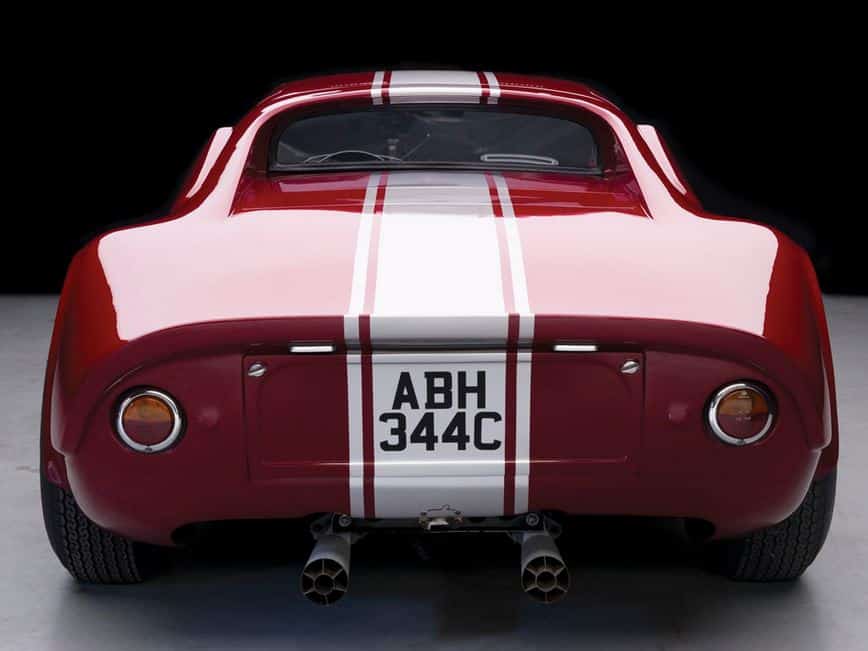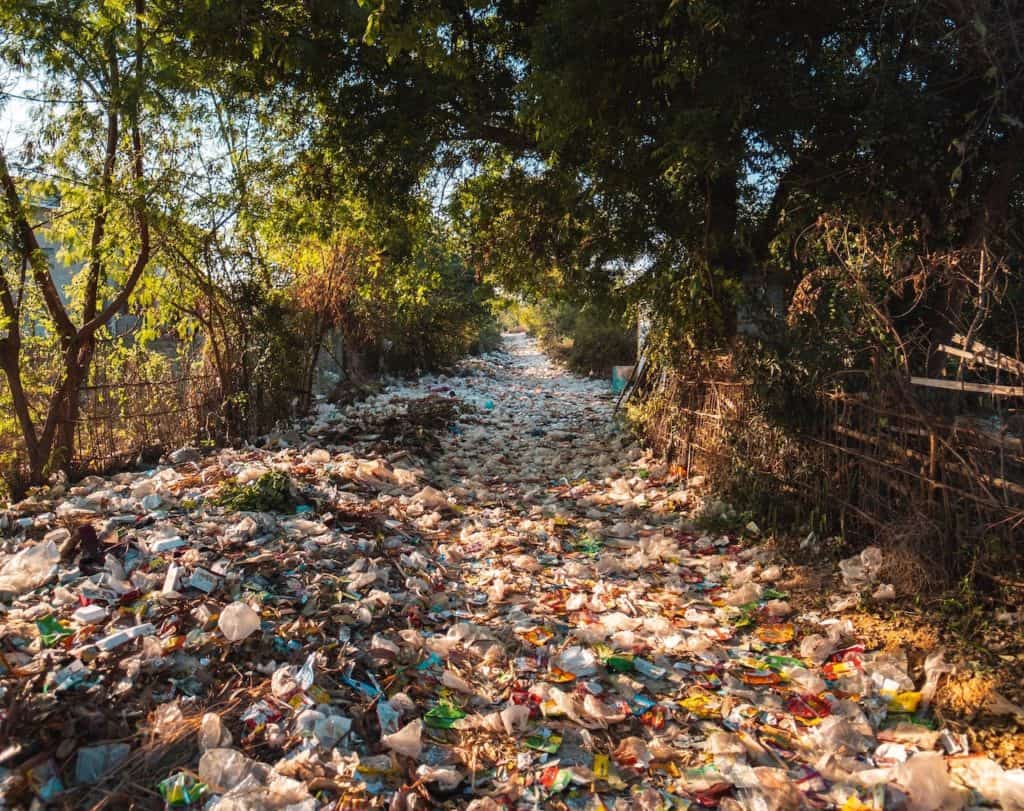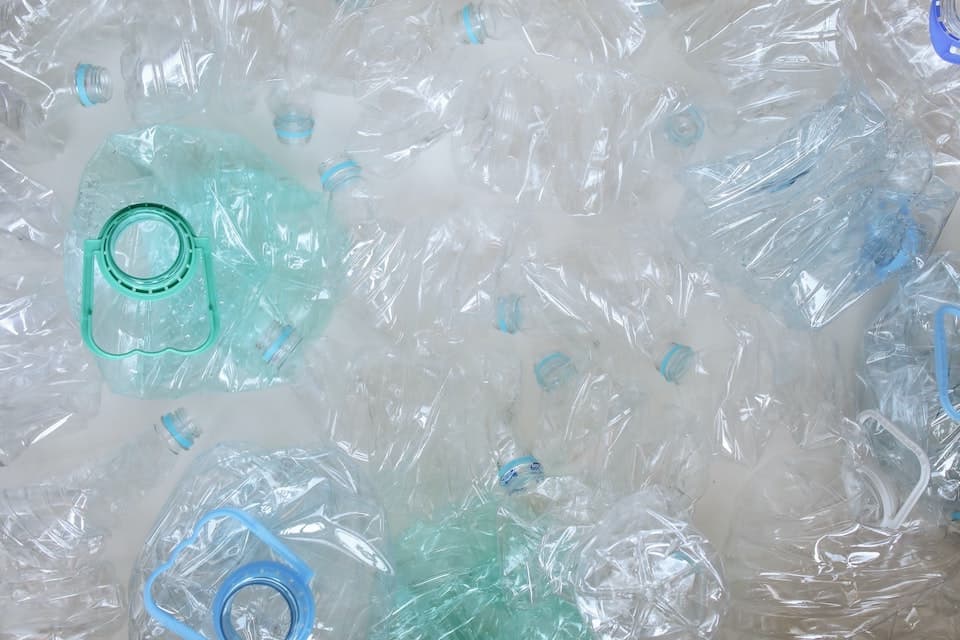In this latest vehicle plastic recycling blog, we look at two of the most recent stories to come out of the industry.
Firstly, Ford have announced that their new F-150 model will include upholstery made from recycled plastic bottles. After that, we will discuss Mazda making exterior car panels from bioplastics in a move that could shake up how manufacturers put their cars together.
Many products that are made from plastic are also constructed using other materials, like metal screws and adhesive glues. Because of these additional components, plastics often find themselves in landfills rather than being recycled. It is an approach of the circular economy movement to encourage simplified construction and deconstruction through design. Ideas such a clip on parts rather than having them screwed in or glued on is just one method. Vehicle plastic recycling is a challenging activity, with most of the end-of-life cars going through the process having been designed without the end-of-life in mind.
Ford’s new F-150 considers end-of-life vehicle plastic recycling in another way, by using recycled plastic bottles in the fabric for these trucks. Ford have worked with Unifi to manufacture the recycled fabric, in a move that is claimed could prevent 5 million plastic bottles from landfill. Consider this also, the recycled plastic industry is encouraged by the demand for recycled plastic, so the purchase of 5 million recycled plastic bottles means that recycling is improved at both ends.
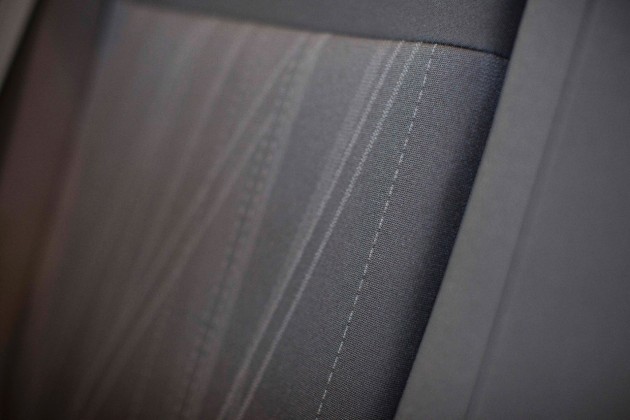
“By using Repreve in the all-new Ford F-150, we are reconfirming our commitment to using renewable and recyclable materials in our vehicles,” said Carol Kordich, the lead designer for global sustainability materials strategy development. “We are always looking for ways to incorporate more innovative and sustainable materials into our vehicles.” she added.
Experimenting with recycled plastic is one thing, but actually using it in a fleet of vehicles is another. Sadly though, the apparent ability to use the material is limited, and as such, the 5 million bottles figure is not as impressive as it should be. By the time you’ve finished reading this article, at least that many bottles will have been thrown anyway in the world.
Consider finally, that the F-150 is a gas-guzzling SUV designed for the tough-looking road user, it’s hard to see that offsetting a little bit of carbon through the upholstery would cause much a stir for prospective buyers. Regardless, well done Ford and Unifi.
‘Repreve Yarn’
Mazda bioplastic
Mazda has recently announced that they have successfully developed a bioplastic that can be applied to exterior car parts for their cars. The new bioplastic is a great feat for vehicle plastic recycling, and some of the credit must also go to Mitsubishi Chemical Corporation, who have worked with Mazda to benefit the environment, improving on a material that previously was only thought to be used for interiors.
Made from plant-derived materials with the ability to absorb dyes, the only real concern at the moment is how repair shops might fix the plastic, but they will find a solution for that later. The bioplastic is allegedly a higher quality finish than traditional painted plastic, and will allow for a mirror-like surface.
This bioplastic innovation comes months after revealing that a ‘biotechmaterial’ had been developed to be used on interior parts of the MX-5. Making plastic suitable for interior and exterior car parts requires the material to be weatherproof, scratch-proof and impact resistant.
The new additives used in the manufacturing and moulding process are key to this improvement, which is testament to Mazda’s commitment to research. We are likely to see this bioplastic used in some way on all future Mazda models.
The physical vehicle plastic recycling that goes on at the end of a car’s life is only part of the process, the design, the materials and the way the car is treated during it’s life are all important parts too. Only in recent years has more emphasis been placed on the design stage to better prepare cars for deconstruction. By the time out generation’s cars expire, they should, in theory, be easy to take apart and recycle. But, we’ll probably have flying cars by then, so it shouldn’t matter too much.

